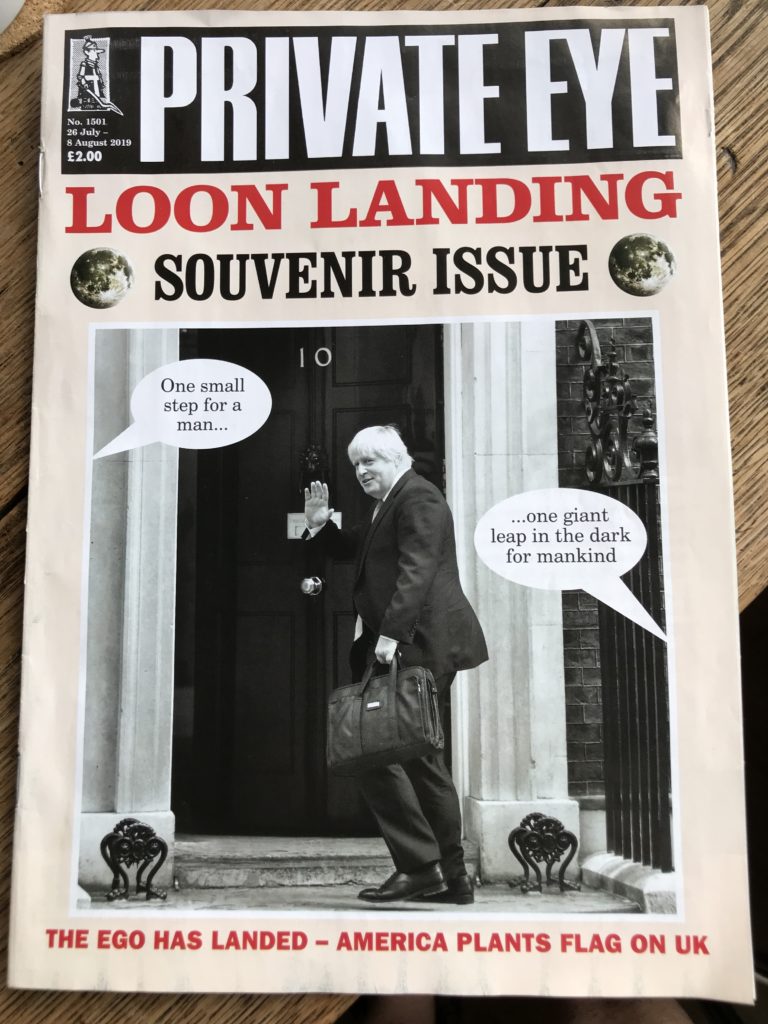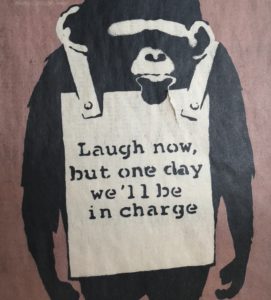The Twitter firestorm over the way the New York Times covered Trump’s speech after the El Paso shootings was a thing to behold. (In its Tuesday first edition, the Times had a page One banner headline, “Trump Urges Unity vs. Racism” — which was changed to “Assailing Hate, But Not Guns” for the remainder of the print run.)
The furore also spurred Jack Shafer, the Politico columnist, into action. “The fury uncaged by the five-word Times headline”, he wrote,
had less to do with the language used and more to do with the political validation that liberals and lefties have come to demand from the news media they consume. It’s not good enough for some liberals that the Times has kept a tight vigil on Trump since he announced his candidacy four years ago, exposing him as a tax cheat, tracking his lies, aggressively covering the Mueller investigation and the Stormy Daniels case, cataloging everybody he’s insulted on Twitter, fending off his “enemy of the people” charges, recording his abuse of emergency powers, and documenting his contempt for the rule of law. They want every column-inch of copy in the Times to reinforce and amplify their resistance values, right down to the headlines. Anything perceived as even a minor deviation from that “mission,” they seem to think, requires the mass cancelation of subscriptions and calls for the executive editor’s resignation.
The defect with this resistance view of the Times is that the paper completely rejects it. “Our role is not to be the opposition to Donald Trump,” Baquet said at the SXSW conference in March 2017. “Our role is to cover him aggressively.” Times reporter David Sanger reiterated Baquet at another conference later that year. “The biggest single mistake we could do in navigating our coverage of the Trump administration would be to let ourselves become the resistance to the government in place,” Sanger said. In expecting the Times to be something it has vowed it will never, ever be, members of the resistance have positioned themselves for perpetual disenchantment.
Yep. And quite right too.




